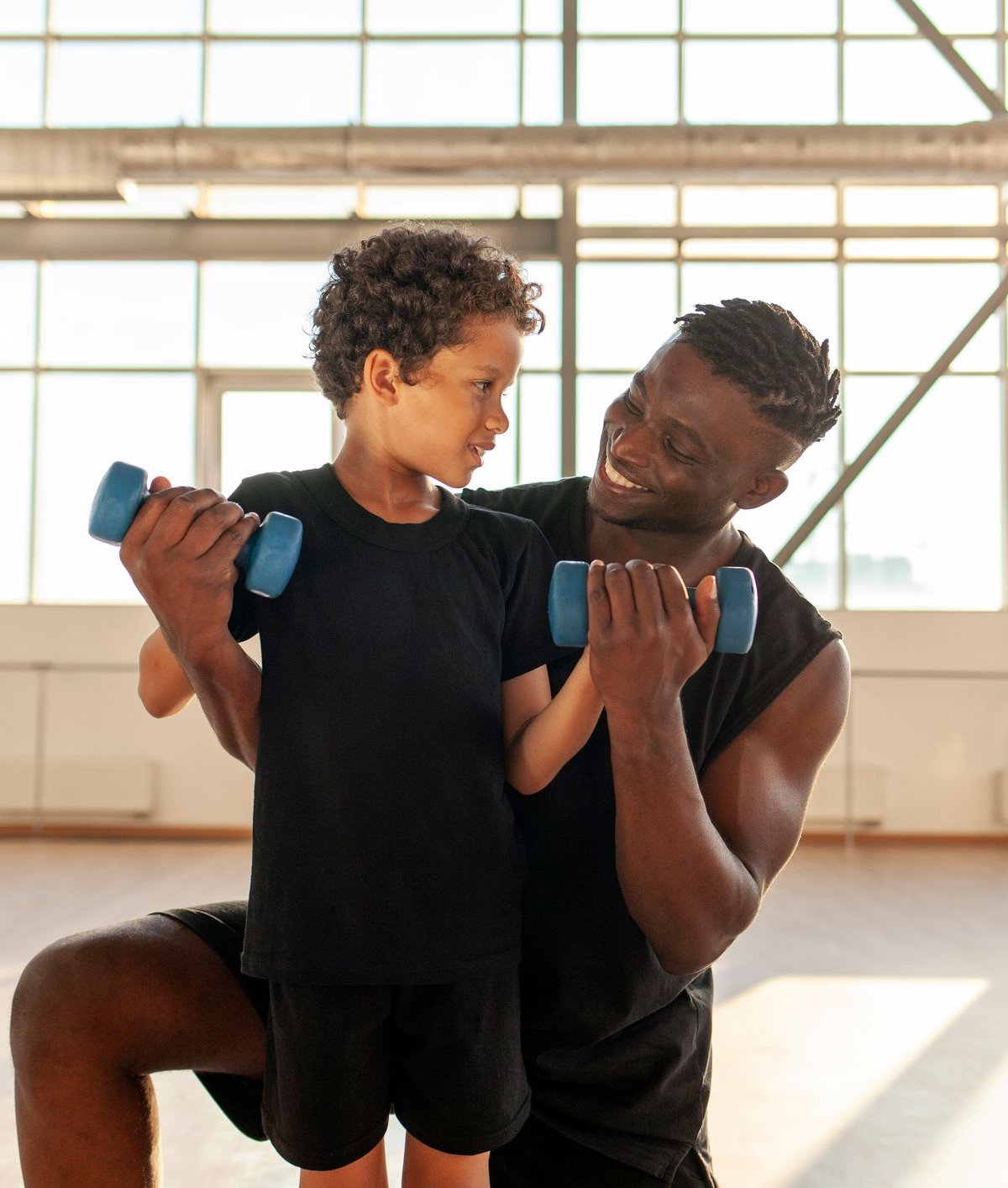The first poster I saw when I walked into the gym that year was: “FORBIDDEN! Children are prohibited from accessing or remaining in the weight room!”. Have you noticed how rare it is to see kids working out in weight training rooms, even in gyms that don’t have this warning? This is a common warning in organizations that are not actually prepared to serve children.
But it appears that this warning partly reflects the belief that strength training can be dangerous for children and hinder growth. Based on this, I felt that we needed to clarify this issue for the sake of our children and young people.
Does bodybuilding hinder children’s growth?
NO. This is one of the biggest myths of bodybuilding. This belief likely stems from concerns about possible damage or weakening of the epiphyseal growth plates, which refer to the region that forms the two ends of long bones in the human skeleton. However, when we turn to science, this information is not confirmed.
What do studies say
If you’re worried about your kids pushing themselves, you should actually be relieved that they have a better chance of growing up strong and healthy. Bodybuilding and studies on children, with appropriate supervision, equipment and training protocols, Lifting weights may be as safe as other physical activities for children.
There is no evidence to suggest that weight training is harmful to the epiphyses or is directly related to a reduction in the ultimate height of young people.

Thin children = weak adults
Thin children tend to turn into weak adults, and science proves it. Australian children’s muscle strength levels were studied from 1985 to 2019, including childhood, adolescence and middle age. Muscle strength levels have continued over the years.
Approximately 72% of participants maintained low muscle strength throughout adulthood; This highlights the difficulty of changing behavior between adolescence and adulthood. The results show that muscle strength in childhood predicts muscle strength levels later in life.
Suggestions for children
The Physical Activity Guidelines for the Brazilian Population recommend 60 minutes of physical activity per day for youth ages 6 to 17. Some of the advice includes: Activities to strengthen muscles and bones at least 3 days a weekMovements that include movements such as jumping, pulling or pushing. Since children love to play, these strength activities can be incorporated into games.

At what age can you join the gym?
Although it depends on the situation, I think kids can go to the gym if they know how to follow the rules. From there they will understand how to behave in a room with weights. In fact, traditional weight training will not be very satisfying to a child because it seems counterintuitive to them to lift the weights in place and do nothing during the rest period.
Strength training does not hinder the development of children, on the contrary, it is a safe method as long as it is supervised and adapted to the little ones. We need to have good experiences from a young age in order to want to repeat activities.
Source: Tec Mundo
I’m Blaine Morgan, an experienced journalist and writer with over 8 years of experience in the tech industry. My expertise lies in writing about technology news and trends, covering everything from cutting-edge gadgets to emerging software developments. I’ve written for several leading publications including Gadget Onus where I am an author.












